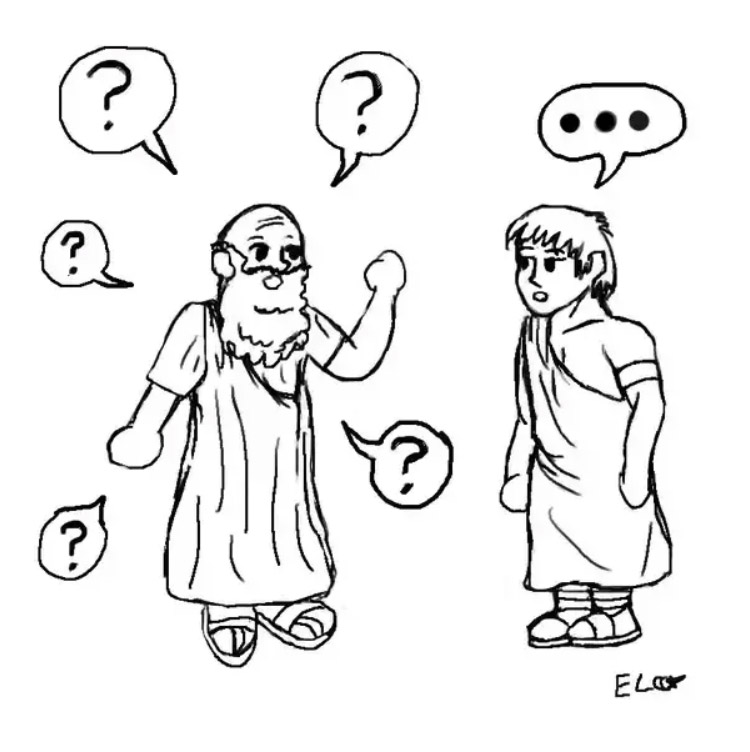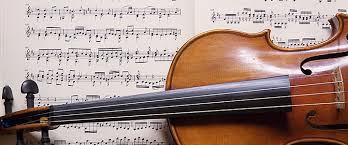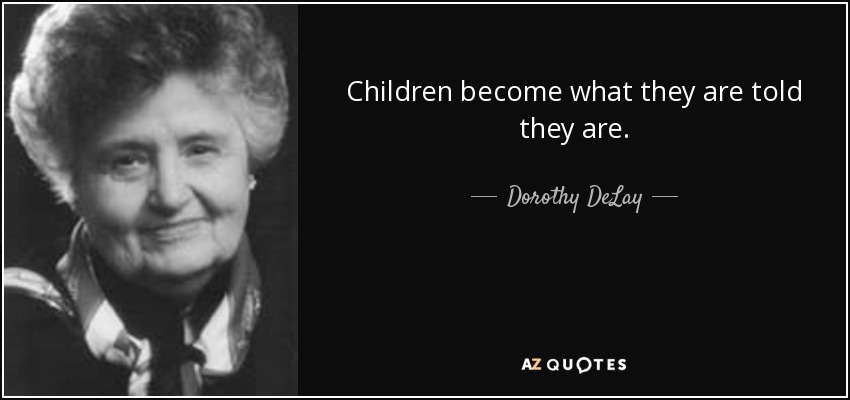
Midwifery teaching method
In my previous article I identified imitation as the foundation of creativity. In this article I am going to suggest a teaching method, which I believe is very effective in facilitating students to cultivate their personal way of playing and their unique artistic identity. But what is ‘a personal way of playing’ and ‘a unique artistic identity’? Are these qualities limited by the intentions of a composer? Alfred Brendel in his book Musical Thoughts & After-Thoughts says ‘…The notion that an interpreter can simply switch off his personal feelings and instead receive those of the composer “from above”, as it were, belongs to the realm of fable….’ To force or to shun the ‘personal approach’ is equally questionable…’ Teachers can help their students to cultivate their own way of playing by using the midwifery method. They can achieve this by asking questions. These questions should aim at facilitating the students to find solutions to their technical or musical problems. Teachers should use questions even with beginners. In that case, the aim of the questions can be just to make the student remember an instruction or advice that was given in a previous lesson. It is more effective if the teacher asks their students to remember an instruction than constantly repeating it and always wondering why the students do not follow the teacher’s instructions, or, more disappointingly, why they get bored during the lesson. Usually the first reaction of the students when the students are asked to remember an instruction is ‘I do not remember’. But if the teacher kindly insists then almost always the students do remember. When the students manage to recall a piece of information previously stated by their teacher, they feel more confident and they can better assimilate this knowledge. A student can assimilate knowledge better if they tell it to themselves and experiment with it on the instrument. In the case of more advanced students the midwifery process aims to make them creative and autonomous learners. By using targeted questions the teacher encourages the students to think about the structure of a musical piece and the emotions they would like to express in their interpretation. For example, the teacher should ask the student to identify the different parts of a movement or to think of different ways of phrasing. Most importantly though, the students can decide on what devices to use in order to achieve the desired playing. Which bow speed or pressure? Which speed and width of vibrato? What tempo or dynamics? The choices and combinations are endless. This is a holistic process where the teacher and the student combine their knowledge on theory and analysis of music with their artistic instincts in order to discover and present the ‘message’ of the composer. This way a student will feel more motivated and creative than just following concrete instructions.The midwifery approach to instrumental teaching is becoming increasingly popular. The master-apprentice model that used to be prevalent in universities and conservatories is fading. The students nowadays are encouraged to take ownership of their learning process.



